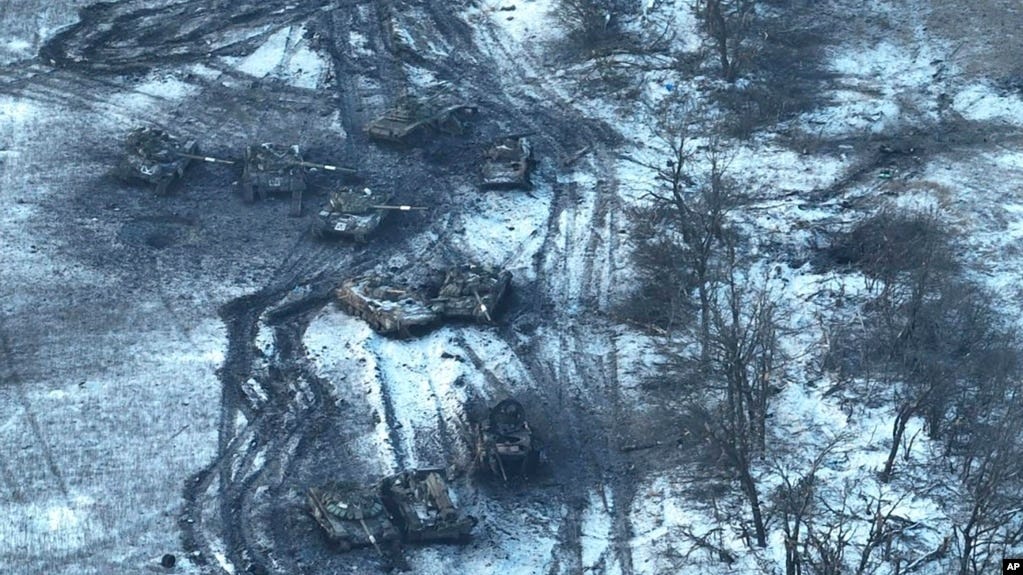What Is The Russian Word For 'Clusterf*ck'?
Debacle at Vuhledar is an ill omen
Setting out behind a smokescreen on Thursday, a battalion of mobilized Russians — reportedly “Alga” battalion of the 72nd Brigade of the 3rd Army Corps — bogged down in a minefield and lost at least 31 tanks and armored vehicles to mines and accurate Ukrainian artillery fire. Col. Sergey Polyakov, commander of the 144th Special Forces Brigade, was kille…
Keep reading with a 7-day free trial
Subscribe to Polemology Positions to keep reading this post and get 7 days of free access to the full post archives.


